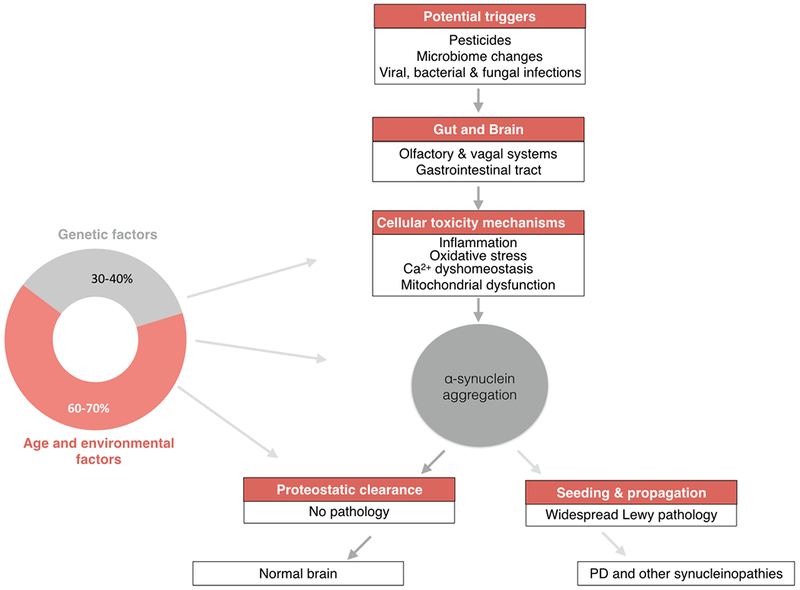Figure 1: Mechanisms of α-syn aggregation and propagation.

(Left) Schematic showing presumed contributions of different factors to the development of Parkinson’s disease and demonstrating how they influence various pieces of the pathway to Lewy pathology (Keller et al. 2012). (Right) Schematic of development of Lewy pathology by step-wise progression from potential triggers, proposed entry sites and mechanisms that may promote α-syn aggregation to the resultant effects of such aggregation. In a more likely scenario, the system can use proteostatic clearance successfully to remove aggregates. However, when proteostatic clearance is impaired and α-syn aggregation and accumulation proceeds unchecked, the initial aggregates may be transferred in a ‘prion-like’ manner and may seed further aggregation, resulting in widespread Lewy pathology that contributes to the development of PD and other synucleinopathies.
